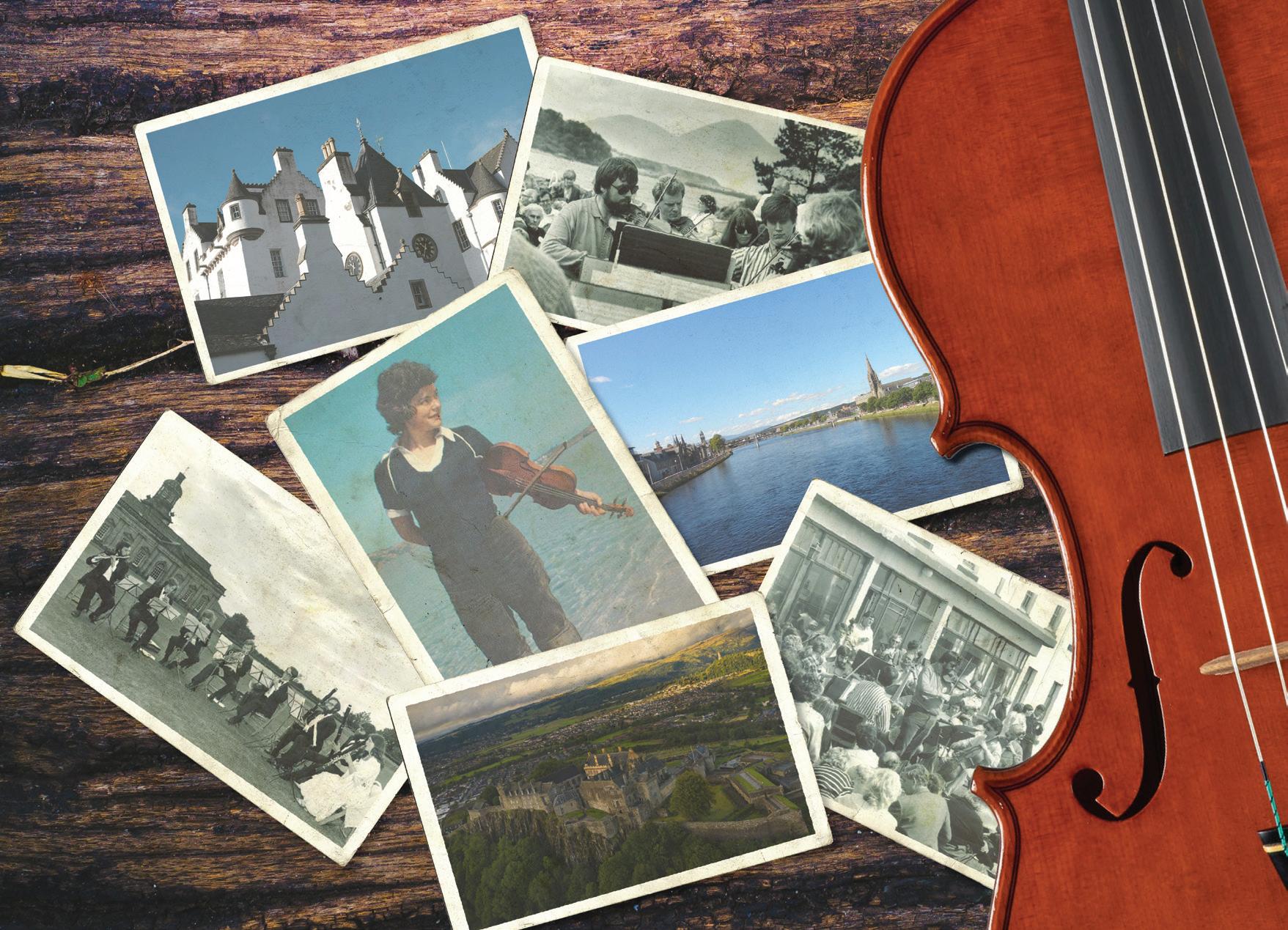






Kindly supported by Eriadne & George Mackintosh and Claire & Anthony Tait.
Wednesday 26 June, 7.30pm, Burgh Hall, Dunoon
Thursday 27 June, 7.30pm, McLaren Hall, Killin
Friday 28 June, 7.30pm, Dollar Academy
GIPPS Seascape
FRANÇAIX Quatuor
CAPLET Suite Persane
Interval of 20 minutes
M cCRAE Trio
BIRD Serenade, Op 40
SCO Wind Soloists

4 Royal Terrace, Edinburgh EH7 5AB +44 (0)131 557 6800 | info@sco.org.uk | sco.org.uk
THANK YOU
Our Principal Conductor’s Circle are a special part of our musical family. Their commitment and generosity benefit us all – musicians, audiences and creative learning participants alike.
Annual Fund
James and Patricia Cook
Visiting Artists Fund
Colin and Sue Buchan
Harry and Carol Nimmo
Anne and Matthew Richards
International Touring Fund
Gavin and Kate Gemmell
Creative Learning Fund
Sabine and Brian Thomson
CHAIR SPONSORS
Conductor Emeritus Joseph Swensen
Donald and Louise MacDonald
Chorus Director Gregory Batsleer
Anne McFarlane
Principal Second Violin
Marcus Barcham Stevens
Jo and Alison Elliot
Second Violin Rachel Smith
J Douglas Home
Principal Viola Max Mandel
Ken Barker and Martha Vail Barker
Viola Brian Schiele
Christine Lessels
Viola Steve King
Sir Ewan and Lady Brown
Principal Cello Philip Higham
The Thomas Family
American Development Fund
Erik Lars Hansen and Vanessa C L Chang
Productions Fund
Bill and Celia Carman
Anny and Bobby White
Anne, Tom and Natalie Usher
Scottish Touring Fund
Eriadne and George Mackintosh
Claire and Anthony Tait
Cello Donald Gillan
Professor Sue Lightman
Cello Eric de Wit
Jasmine Macquaker Charitable Fund
Principal Double Bass Nikita Naumov
Caroline Hahn and Richard Neville-Towle
Principal Flute André Cebrián
Claire and Mark Urquhart
Principal Oboe Robin Williams
In memory of Hedley G Wright
Principal Clarinet Maximiliano Martín
Stuart and Alison Paul
Principal Bassoon Cerys Ambrose-Evans
Claire and Anthony Tait
Principal Timpani Louise Lewis Goodwin
Geoff and Mary Ball



“A crack musical team at the top of its game.”
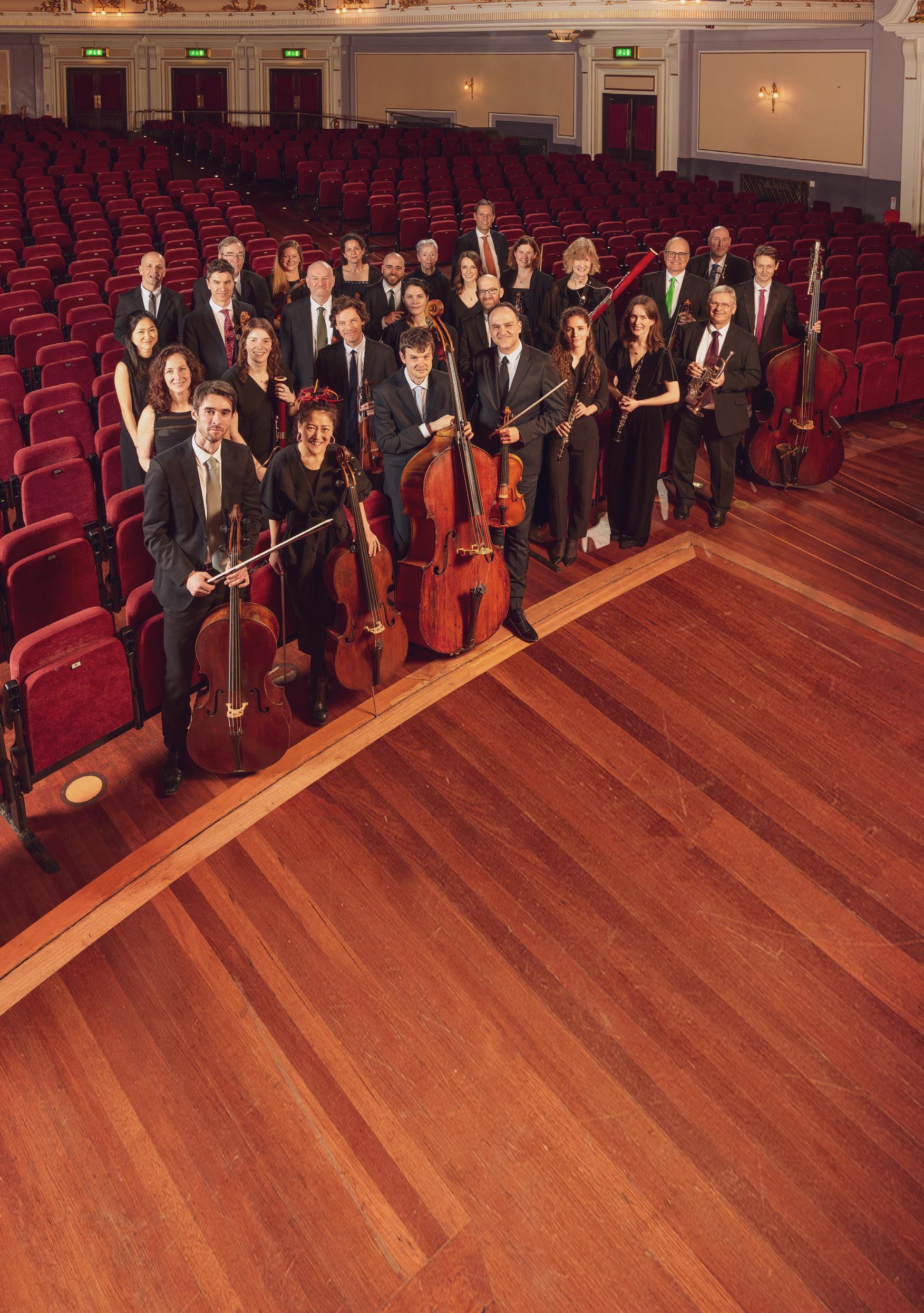
HM The King
Patron
Donald MacDonald CBE
Life President
Joanna Baker CBE
Chair
Gavin Reid LVO
Chief Executive
Maxim Emelyanychev
Principal Conductor
Andrew Manze
Principal Guest Conductor
Joseph Swensen
Conductor Emeritus
Gregory Batsleer
Chorus Director
Jay Capperauld
Associate Composer
Our Musicians
Information correct at the time of going to print
Flute
André Cebrián
Marta Gómez
Piccolo
Marta Gómez
Oboe
Robin Williams
Katherine Bryer
Cor Anglais
Katherine Bryer
Clarinet
Maximiliano Martín
William Stafford
Bassoon
Cerys Ambrose-Evans
Alison Green
Horn
Anna Drysdale
Jamie Shield
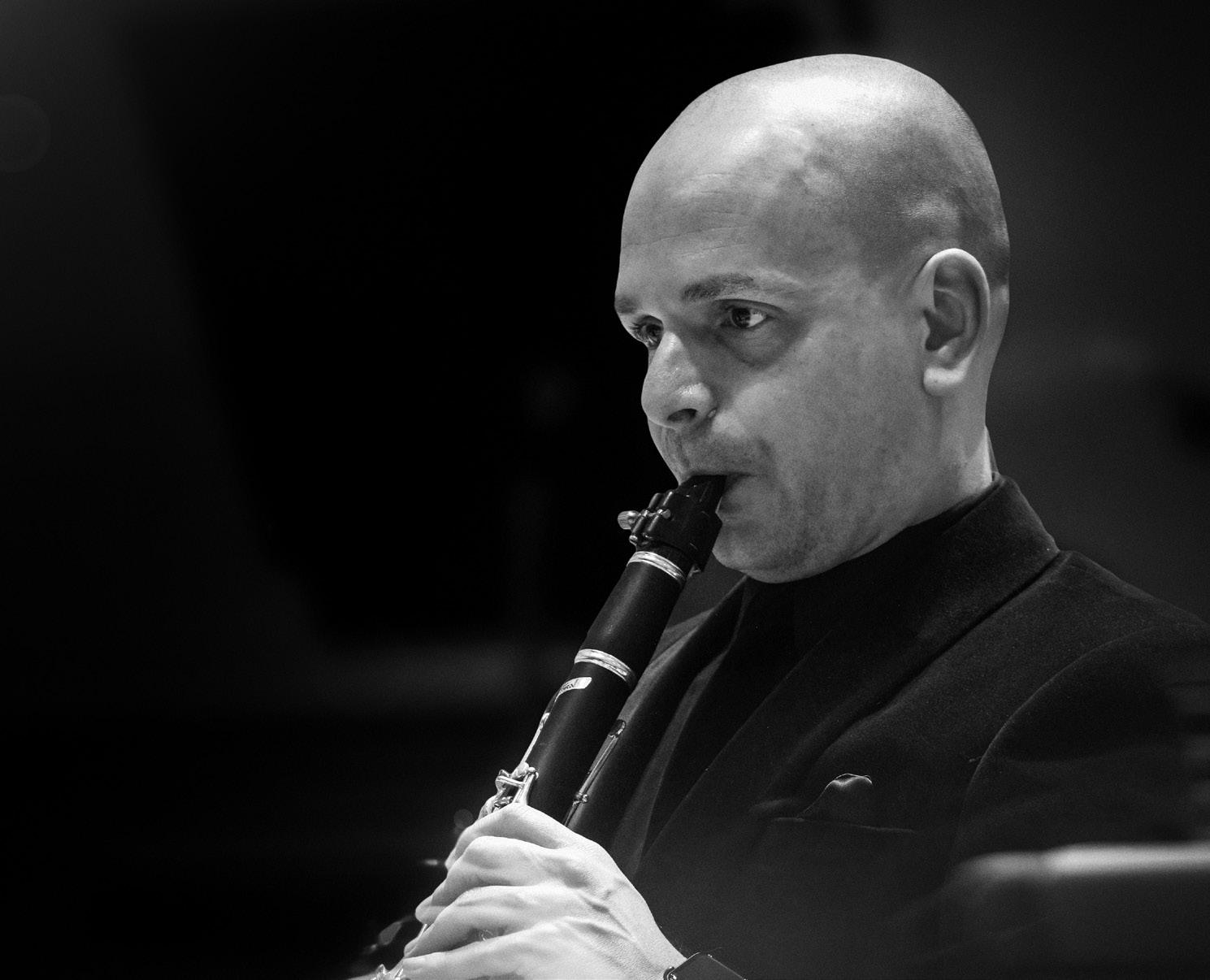
Maximiliano Martín
Principal Clarinet
GIPPS (1921-1999)
Seascape (1958)
FRANÇAIX (1912-1997)
Quatuor (1933)
Allegro Andante
Allegro molto
Allegro vivo
CAPLET (1878–1925)
Suite Persane (1901)
Scharki
Nihavend
Iskia Samaïsi
McCRAE (1961-2005)
Trio (2005)
Introduction
Scherzo Air
March and Reel
Coda
BIRD (1856-1923)
Serenade, Op 40 (1898)
Allegro Moderato
Adagio
Allegro Assai
Finale – Allegro Energico
Tonight’s concert represents a true musical voyage across the globe – and it also serves to demonstrate the richness and diversity of music that the wind ensemble has inspired from worldwide composers. We begin with a musician on England’s south coast, gazing out across the Channel to France, before we arrive in France itself to discover a composer deeply inhaling the heady perfumes of the Near East. After a quick stop at home in Scotland, we jet off to the USA for a littleknown gem from an equally little-known composer.
We start, however, with a remarkable but frustratingly overlooked figure in British music. Born in Bexhill-on-Sea in 1921, Ruth Gipps came from a strongly musical family – both of her parents were accomplished musicians – and had her first work premiered and published when she was just eight. She went on to found two orchestras (the London Repertoire Orchestra and Chanticleer Orchestra), as well as chairing the Composer’s Guild of Great Britain in the 1960s. But, perhaps unsurprisingly, she encountered barriers of discrimination throughout her life –which only served to strengthen her sense of determination. Some called her tough and steely, though she no doubt needed a cast-iron outer shell to fend off the barbed rejections she received as a woman who dared to consider herself a composer in the mid-20th century.
But she was an exceptional, eloquent musical creator (as well as an oboist and pianist, a conductor and a teacher), and she composed a wide range of pieces, including five symphonies, seven concertos and many chamber and choral works. Her musical style, too, is lyrical and immediate, often strongly reminisicent of Vaughan Williams,
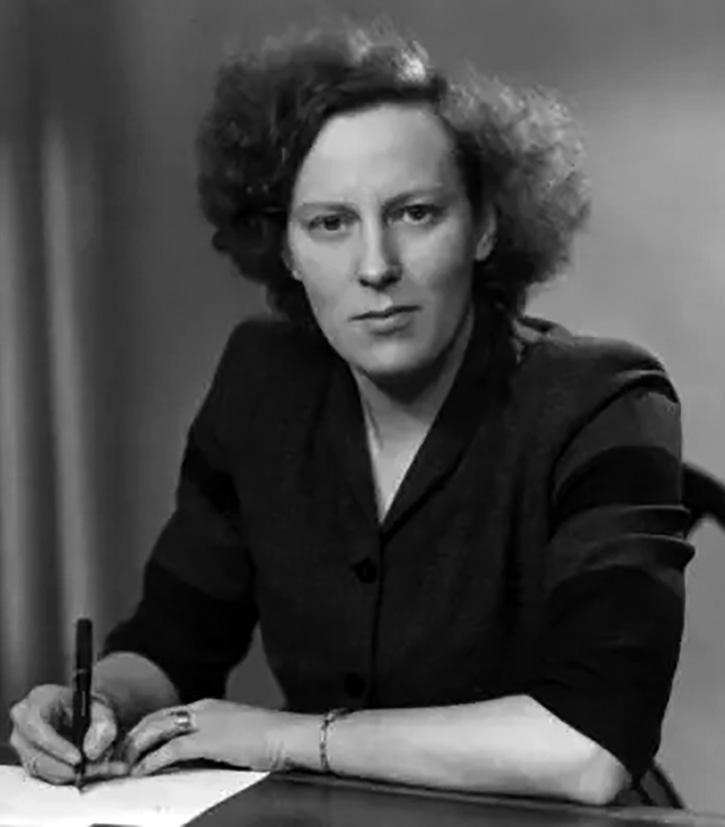
with whom she studied at London’s Royal College of Music.
As an oboist, Gipps had a particular fondness for wind music, and co-founded the all-women Portia Wind Ensemble in 1953. It was for that group that she wrote her Seascape in 1958, and the Portia players gave its premiere two years later. Gipps took inspiration for Seascape’s music, she said, from a brief stay in Broadstairs, Kent, where she remembered hearing the sea at night from her hotel room. Rippling, wave-like figures open the work, soon joined by a keening melody for Gipps’s own oboe. Horns bring warmth to the piece’s gently flowing opening section, before a sinuous cor anglais melody leads us into her more rhythmic central panel – though those rippling figurations soon return to lead the piece to its sonorous conclusion.
From Gipps dozing to the sound of lapping waves where the English Channel meets the
Gipps took inspiration for Seascape’s music, she said, from a brief stay in Broadstairs, Kent, where she remembered hearing the sea at night from her hotel room.
North Sea, we cross that stretch of water to France for tonight’s next piece. And we head inland to Le Mans, famed for its motorsport connections, but also the birthplace of composer Jean Françaix. He was just six when he began composing in 1918, and he went on to study with composition pedagogue extraordinaire Nadia Boulanger, who considered him one of her finest pupils. He died as recently as 1997, and wrote prolifically during his long life (he described himself as ‘constantly composing’, barely finishing one piece before launching into the next). But he maintained a cheerful, neo-classical, easyon-the-ear lightness throughout his output – which took in concertos, symphonies, operas and plenty more.
Unusually, in his 1933 Wind Quartet, the 21-year-old Françaix omitted the customary horn from a standard wind quintet line-up. That wasn’t by chance or capriciousness, however. He wrote the piece for the main woodwind teachers at
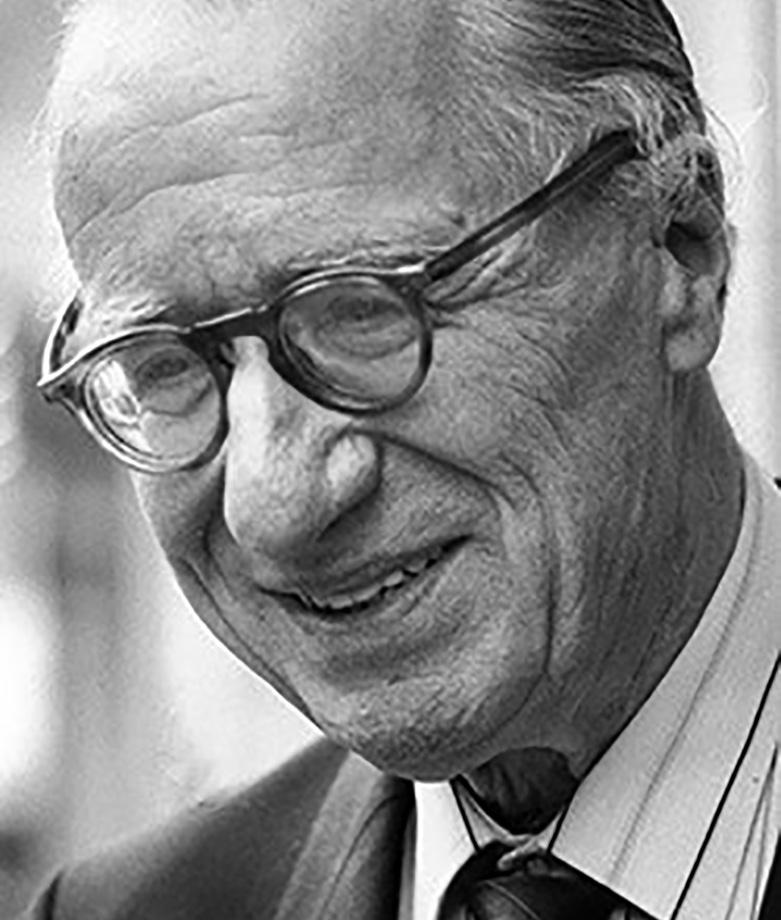
the music conservatoire in his birth town, where his father was director. ‘As the horn tutor who was there at the time,’ Françaix later admitted, ‘was never quite sure what sound would emerge from his instrument – his fame was as a specialist in the art of playing several notes at the same time – I had decided not to “rouse the volcano”, and wrote a quartet without horn that would be less likely to produce disconcerting surprises’.
The result is music of irrepressible fun and good humour. In the Quartet, he manages to compress a conventional four-movement symphonic form into barely ten minutes, with a perky opening Allegro, an impressionistic, pastel-hued Andante with a winding oboe melody, a dashing, swaggering Allegro molto, and a bustling finale with a distinctive, repeated-note theme.
From Le Mans, we nip a couple of hours up the autoroute to Paris for tonight’s next
He was just six when he began composing in 1918, and he went on to study with composition pedagogue extraordinaire Nadia Boulanger, who considered him one of her finest pupils.
piece. Though he was prominent and highly regarded in his own time, we might not remember French composer André Caplet much these days – and if we do, it’s probably as an expert arranger of some of Debussy’s piano music for orchestra, including Pagodes and Clair de lune. Indeed, it was Debussy who championed Caplet early in his career, drawing attention to the younger man’s talents under the guise of his music critic alter ago, Monsieur Croche (Mr Quaver).
Born in Le Havre in 1878, Caplet won numerous prizes at the Paris Conservatoire, and even beat Ravel to the prestigious Prix de Rome in 1901, though he cut short the residency at the Italian capital’s Villa Medici which he received as a prize (for reasons that are not entirely clear) and headed back to Paris, where he became a close friend of Debussy, Ravel, Falla and others. Volunteering for combat in the Great War had a profound effect on his later life, however: he was caught in a

German poison gas attack, which left him with health complications for many years, and may have contributed to his early death, at just 46, in 1925, when a simple cold developed quickly into pleurisy.
His Suite persane for ten wind instruments, however, came long before the dramas of his later life. He wrote it in 1901 while still a student at the Conservatoire, probably inspired by the oriental exhibits he’d encountered at the Paris Exposition Universelle the previous year. It was premiered on 9 March 1901 in the Salle Érard, in an all-Caplet concert given by the Société de Musique Moderne pour Instruments à Vent and flautist Georges Barrère. And it gained a rave review from Le Monde Musical, which called the Suite ‘a very ingenious work of instrumental combinations and much inspiration’.
The Orient – and all the mystery, opulence and sensuality that came with it – was very
The orient – and all the mystery, opulence and sensuality that came with it – was very much in vogue among Parisian society at the time, and Caplet’s Suite fits in perfectly with an imagined, idealised vision of the Near East.
much in vogue among Parisian society at the time, and Caplet’s Suite fits in perfectly with an imagined, idealised vision of the Near East. But it’s no mere orientalist fantasy: Caplet clearly researched his subject matter, using an authentic Persian melody in his first movement (or so he claimed), and evoking a particular Arabic maqam (or scale, a bit like an Indian raga) in the second.
The restless first movement, ‘Scharki’, is named after a hot, humid wind that blows in the Persian Gulf in early summer and early winter. The music opens strikingly with an exotic Persian melody first heard unadorned in unison flutes and clarinets, though Caplet later clothes it in Debussian harmonies that would have been far more familiar to his Parisian listeners. The second movement’s title, ‘Nihavend’, refers to a particular maqam or scale used in Persian music. The movement opens with a melancholy, rhapsodic flute theme, harmonised using bare intervals,

before a more overtly Western-sounding central section. The final movement, ‘Iskia Samaïsi’, is the longest and most elaborate of the three, colliding together contrasting musical ideas in its opening section, before slowing down for what feels like a kind of love song, led by a horn melody, in its sultry central section.
We make the short hop back to Scotland for tonight’s next piece. Kevin McCrae was for many years the Co-Principal Cello in the Scottish Chamber Orchestra, and played a particularly active role in the Orchestra’s education work too. He also performed with the Chamber Orchestra of Europe and with Manchester’s Hallé. But his musical passions reached far wider: he was also a respected pianist, as well as a conductor, composer and arranger. In fact, these other roles took on such a prominence in his career that he left the SCO in 2004 to pursue them, and his music was later heard accompanying several Scottish folk musicians and in
Kevin McCrae was for many years the Scottish Chamber Orchestra’s co-principal cellist, and played a particularly active role in the Orchestra’s education work too.
TV soundtracks. McCrae died in 2005, following a tragic accident.
His Wind Trio – for flute, clarinet and bassoon – was premiered at the St Magnus Festival in Orkney in 2005. It takes the form of five brief movements, all of which run without pauses. After a brisk, breezy and crisply rhythmic ‘Introduction’, McCrae moves on to a witty ‘Scherzo’ (which places the bassoon firmly in the spotlight in its central section) and an ‘Air’ with distinctive Scottish inflections to its lilting flute tune. The clarinet kicks off the nimble ‘March and Reel’, while the concluding ‘Coda’ returns us to the briskness of the opening.
We close tonight’s concert on the other side of the Atlantic – or actually, to be completely accurate, in Germany. Arthur Bird was born in Cambridge, Massachusetts, in 1856, but studied first in Berlin, then later in Weimar with Franz Liszt. And although he returned to America, he then returned again to Europe,

living in Germany from 1890 until his death in Berlin in 1923. He’s a fascinating if littleknown figure in early American music, however, from a time when US composers fixed their attention firmly on their revered European colleagues for inspiration. Not quite all of them, however: one of Bird’s roles was as European correspondent for US music journals Étude and Musical Leader, in which he made clear his profound distaste for the musical upstart Richard Strauss and his new-fangled thinking. To no avail, as history has demonstrated.
Bird’s Serenade comes from 1898, and it’s a piece full of boundless, open-air optimism and positivity, making rich use of his tenstrong wind ensemble, all of whom are given their moments to shine.
A perky oboe melody launches the richly scored first movement, though the tune is later shared between the ensemble’s instruments. After a slightly more unsettled
Bird’s Serenade comes from 1898, and it’s a piece full of boundless, open-air optimism and positivity, making rich use of his tenstrong wind ensemble, all of whom are given their moments to shine.
central development section, and travels through some darker harmonies, the brighter opening mood quickly returns. A solo cor anglais opens the thoughtful second movement with a plaintive song, though its cousin the oboe later guides the music into in a more positive direction, before the cor anglais once again reestablishes the original pensive mood.
The third movement acts as a kind of scherzo, with the first flautist offering a scampering melody, and calmer respite in its central section. The finale opens with what might seem a surprisingly relaxed, lilting melody, though it’s answered by a more foursquare tune shared between horns and clarinets. The oboe later introduces a more contrapuntal section, in which Bird shows off his skills at weaving together individual musical lines – and thereby showcasing the talents of all his ensemble’s players.
© David Kettle

The Scottish Chamber Orchestra includes a double-wind section of outstanding players who also appear as soloists with the Orchestra.
Inspired by the legacy of the great Mozartian conductors of the SCO, including Charles Mackerras, the players are known for their stylish and exuberant performances of repertoire ranging from the celebrated divertimenti and wind serenades of the 18th century to music of the present day.
The SCO Wind Soloists appear regularly in Scotland’s main cities and further afield, including the Highlands and Islands. They have also performed at Wigmore Hall, the Palace of Holyroodhouse in the presence of the then HRH the former Duke of Rothesay (now HM the King) and at the Aix-en-Provence Easter Festival. Since 2016 they have partnered annually with wind students of the Royal Conservatoire of Scotland in Side-by-Side rehearsals and concerts.
As an ensemble, the SCO Wind Soloists have recorded divertimenti and serenades by Mozart and Beethoven (Linn Records).
For full biography please visit sco.org.uk
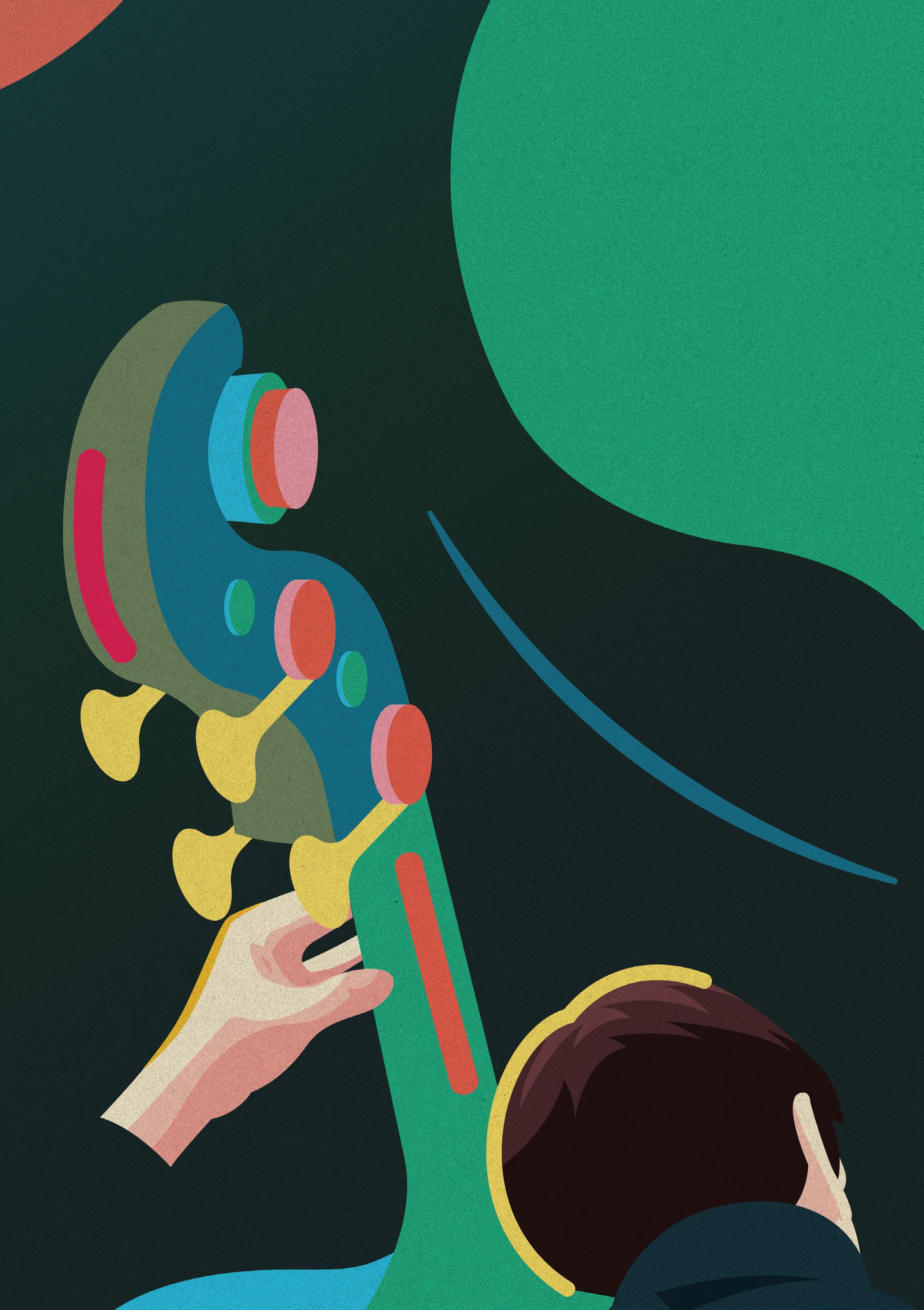
2024 marks the 45th anniversary of our Scotland-wide summer tours, where we bring together a host of exceptional conductors and soloists to present world-class live music to villages and towns across Scotland.
If you are passionate about music and would like to play your part in presenting enriching concerts to audiences across the length and breadth of Scotland, please consider making a donation today.
For more information, contact Hannah Wilkinson on 0131 478 8364 or hannah.wilkinson@sco.org.uk
sco.org.uk/support-us
